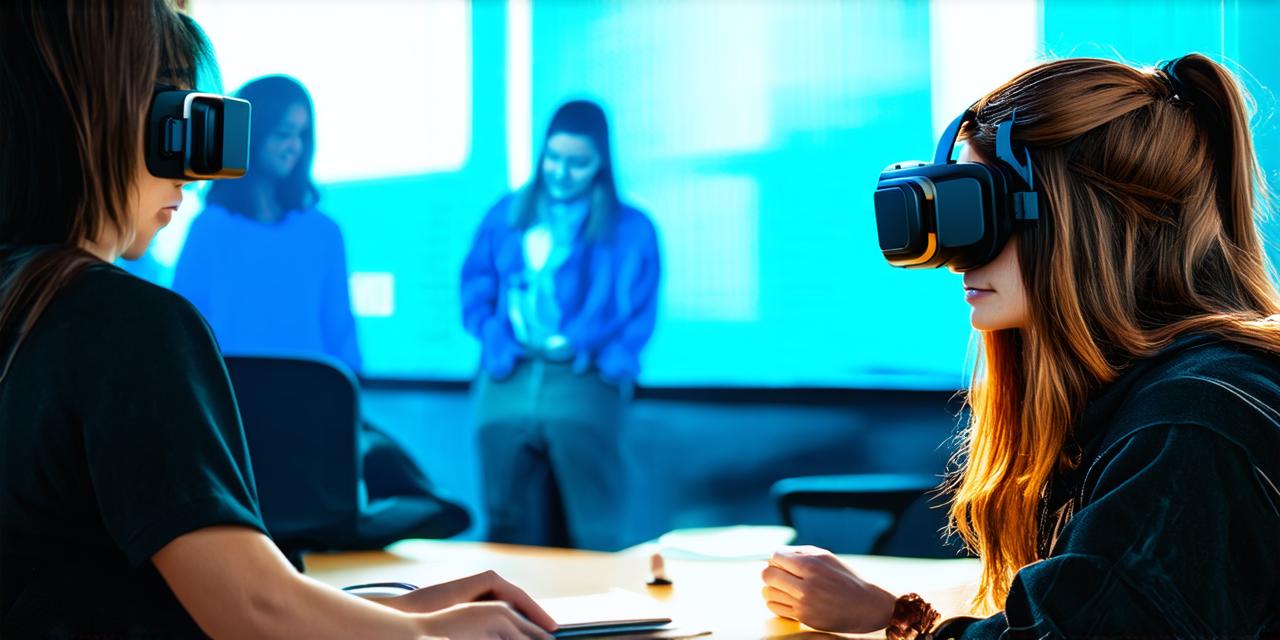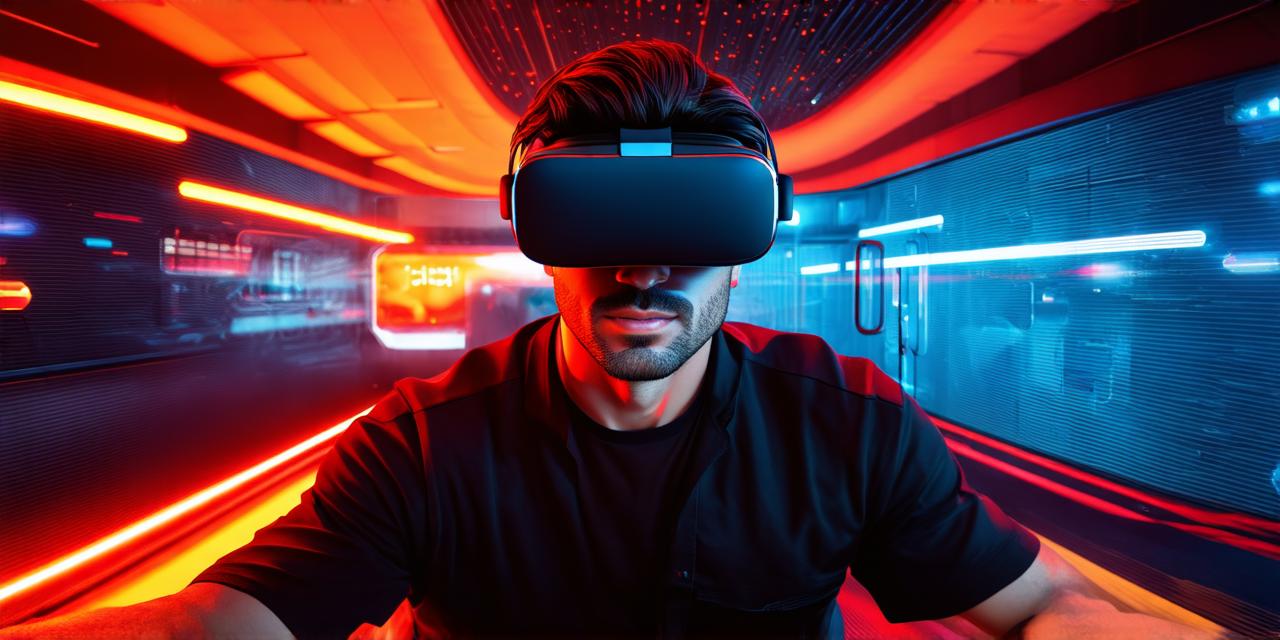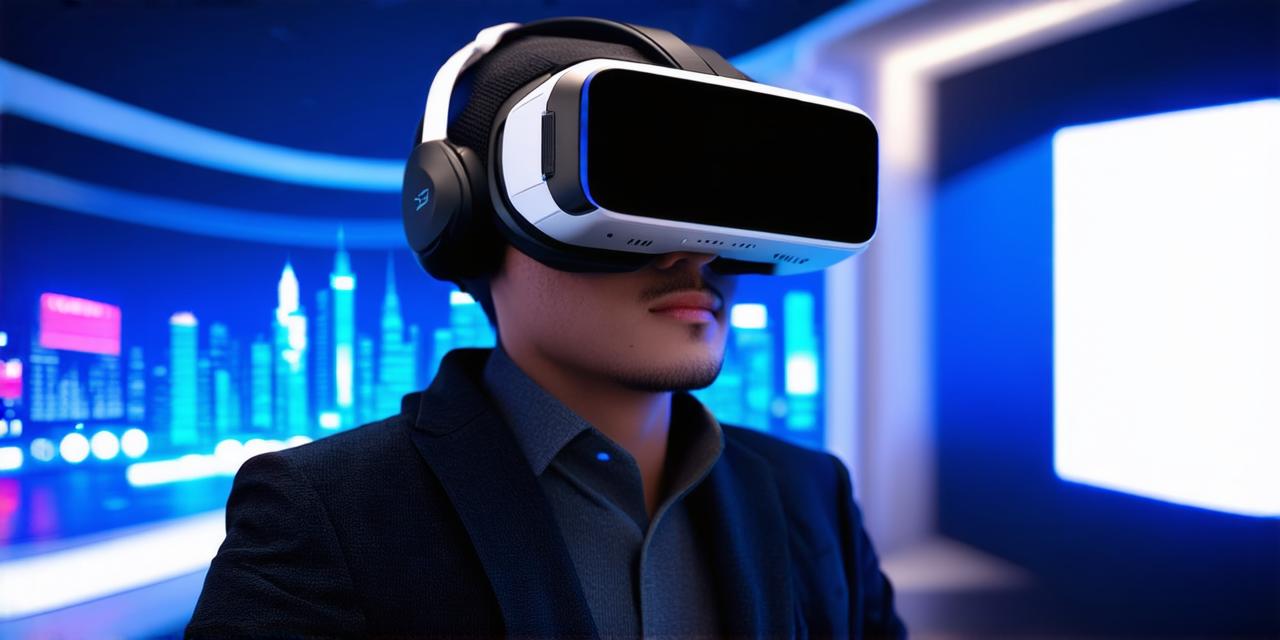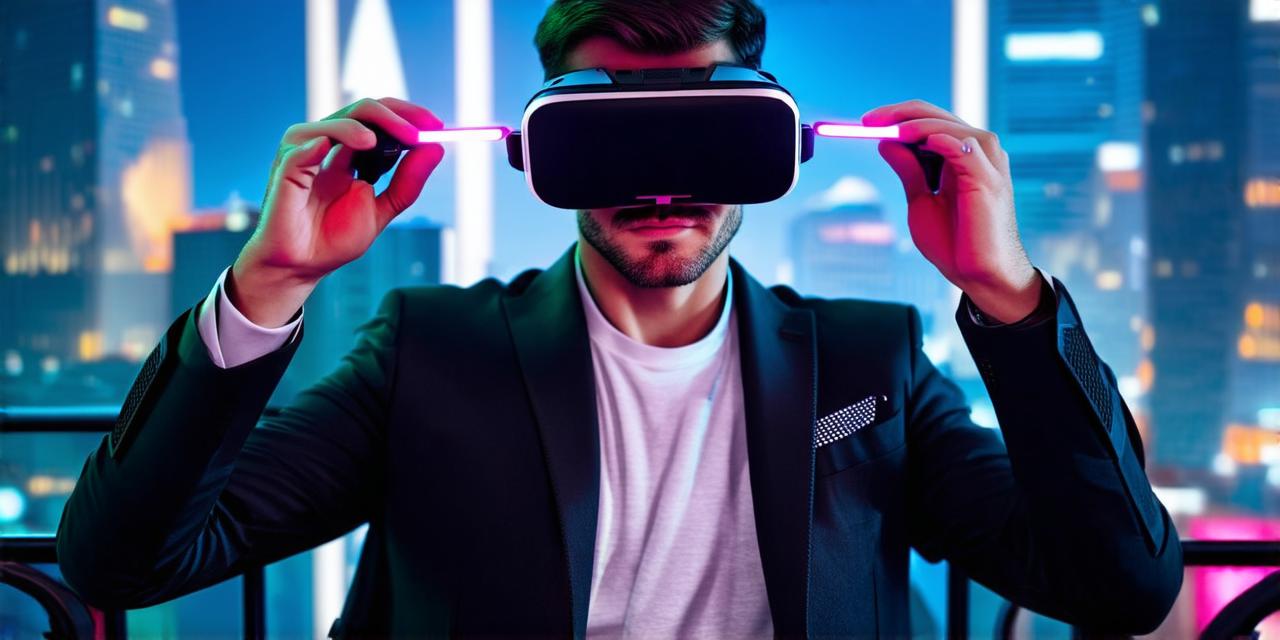Virtual reality (VR) technology is becoming increasingly popular in various industries, including education. VR allows students to experience immersive and interactive learning environments that can enhance their understanding of complex concepts and subjects. In this article, we will explore how virtual reality can be applied in educational settings.
Immersive Learning Environment
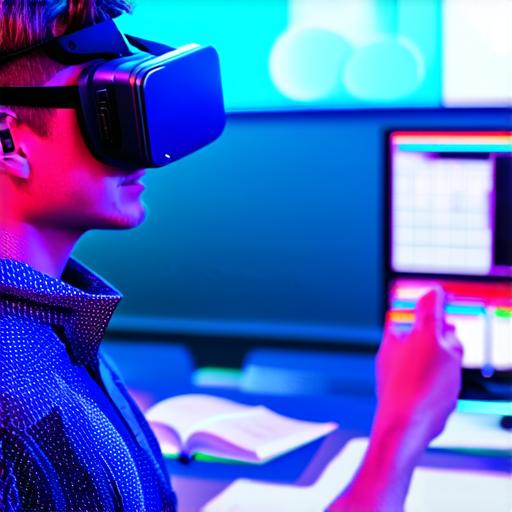
One of the key advantages of virtual reality is its ability to create an immersive learning environment. With VR, students can step into a simulated world where they can interact with their surroundings and engage with the content in a more meaningful way. For example, students studying biology can explore the human body in 3D, while history students can take a virtual tour of ancient civilizations.
Interactive Learning Experience
Virtual reality technology also enables interactive learning experiences. With VR, students can interact with the content in real-time, which makes the learning process more engaging and enjoyable. For example, science students can perform experiments virtually, while language learners can practice their language skills by interacting with virtual characters.
Cost-Effective Learning Tool
Virtual reality is a cost-effective learning tool that can be used in classrooms around the world. Unlike traditional classroom methods, VR does not require physical resources or infrastructure, which makes it a cost-effective alternative. Additionally, VR can save time and money by reducing the need for field trips and other extracurricular activities.
Improved Accessibility
Virtual reality technology is also highly accessible to students with disabilities. For example, students with visual impairments can use audio descriptions to navigate the virtual environment, while students with mobility impairments can use VR devices with adaptive controllers. This makes VR an inclusive learning tool that can be used by all students, regardless of their abilities.
Summary
Virtual reality technology has the potential to revolutionize education by creating immersive and interactive learning environments that enhance student engagement and understanding. With VR, students can learn from anywhere, at any time, which makes it a valuable tool for educators. As VR continues to evolve, we can expect to see even more innovative applications in educational settings.
